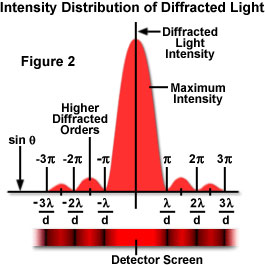

Posted by Wayne Parham [ 67.66.228.154 ] on May 13, 2005 at 18:55:01:
In Reply to: Compression Horn Lesnses posted by FredT on May 13, 2005 at 06:15:36:
You can model the response of each of these horns in Hornresp and see their on-axis response. That will give you some idea of what kind of sound to expect from them. It's a pretty useful program to have too. I've found that small horns tend to be a little more flat when the flare expands rather than having straight walls, but if you can make 'em really big, the conical flare works very well.
The extra expansion near the mouth of a straight walled horn is for directivity. If the horn were very large, then the radiation angle would be set by the flare. But as frequency drops, wavelengths get long and at some point, the flare isn't acting as a directional device any longer. In fact, there is a transition region where the mouth acts like a diffraction slot. And when it does, the pattern doesn't neatly transition from the wall angle to omnidirectional; Instead, it forms a pattern like this:

You'll notice that intensity is high in the center, then dips before another peak. The widening near the mouth helps increase energy in the dead spot, making the pattern a little better at the low end where it loses pattern control.
[ HighEfficiencySpeakers Forum ] [ Help ]